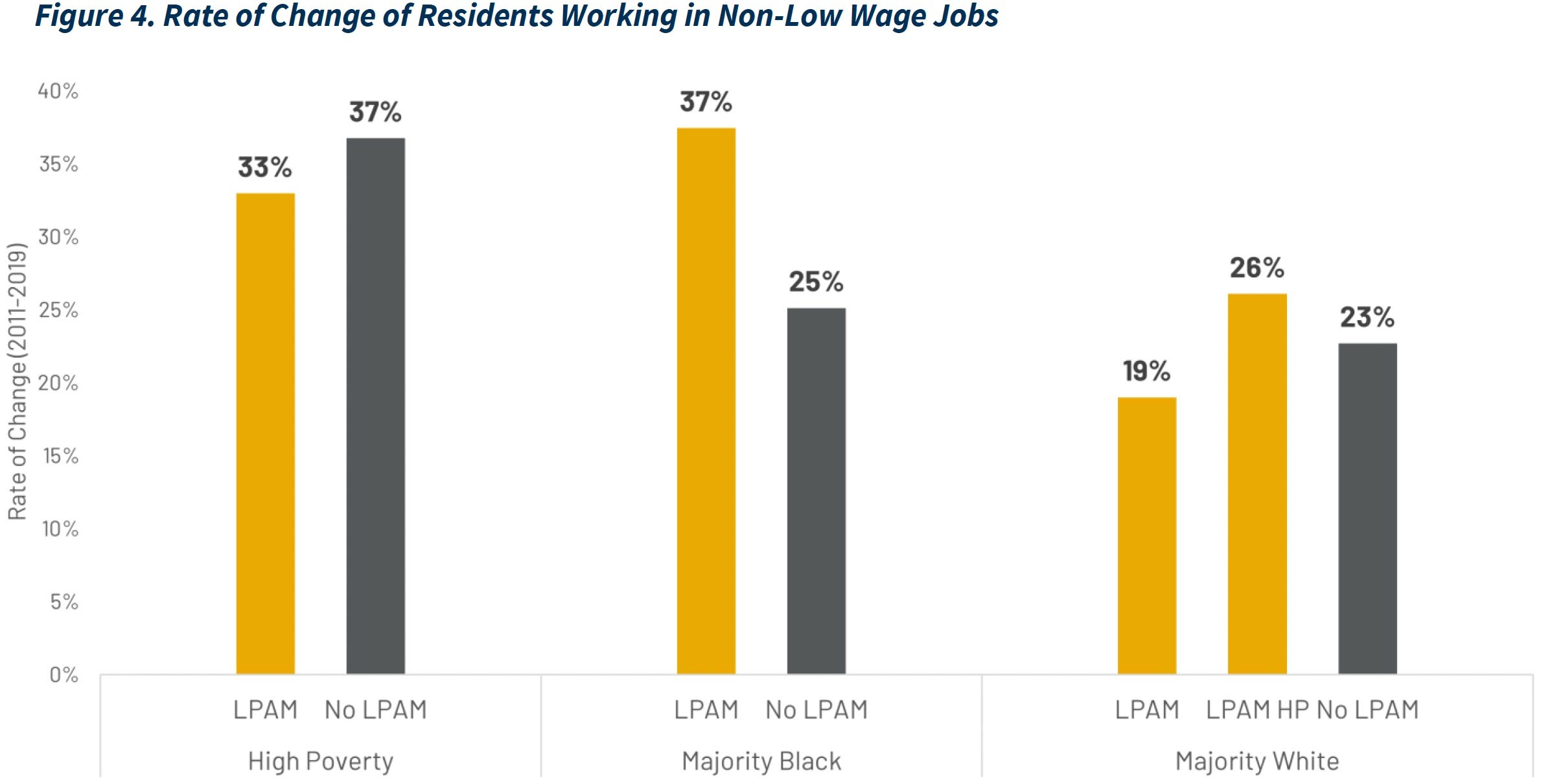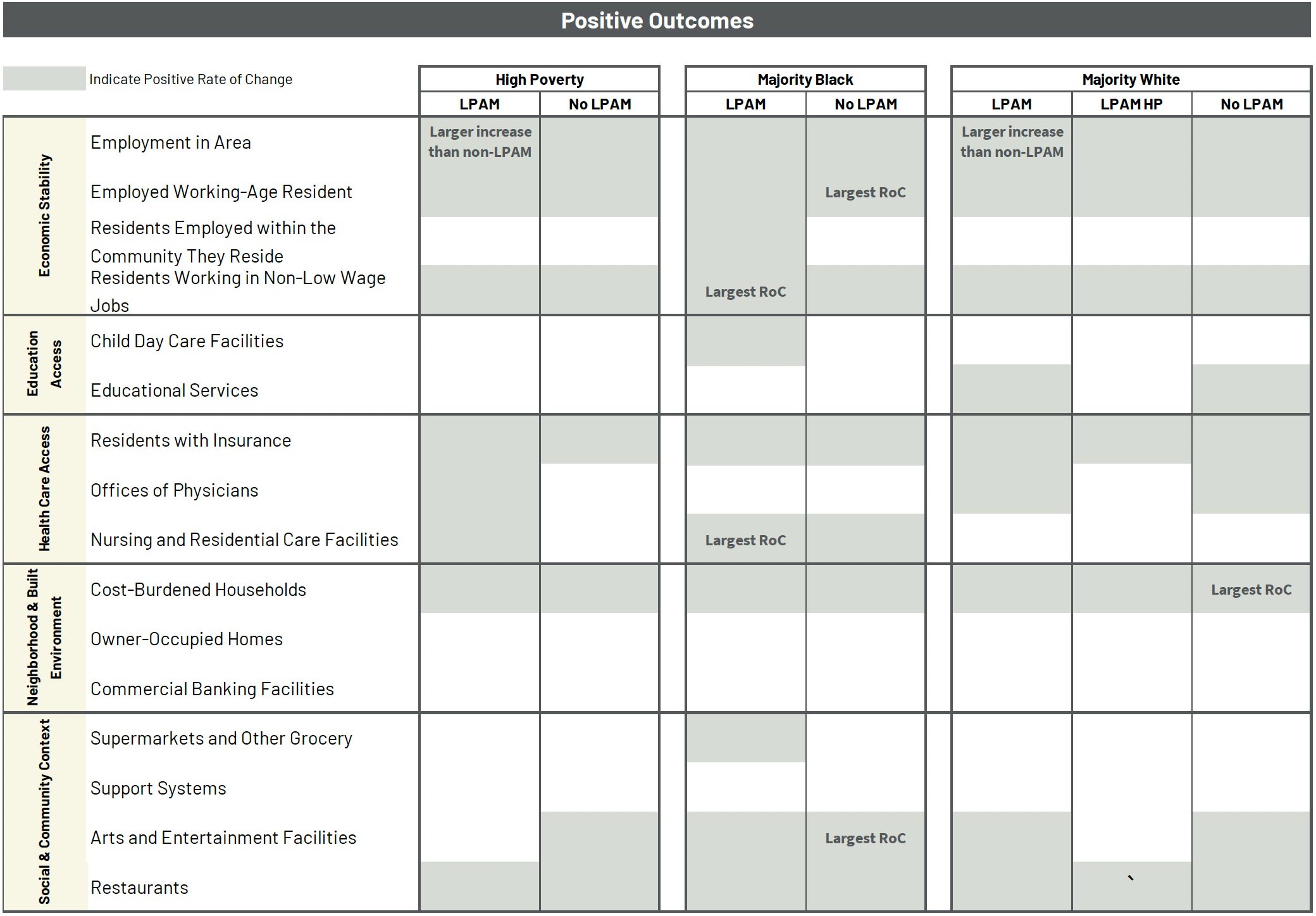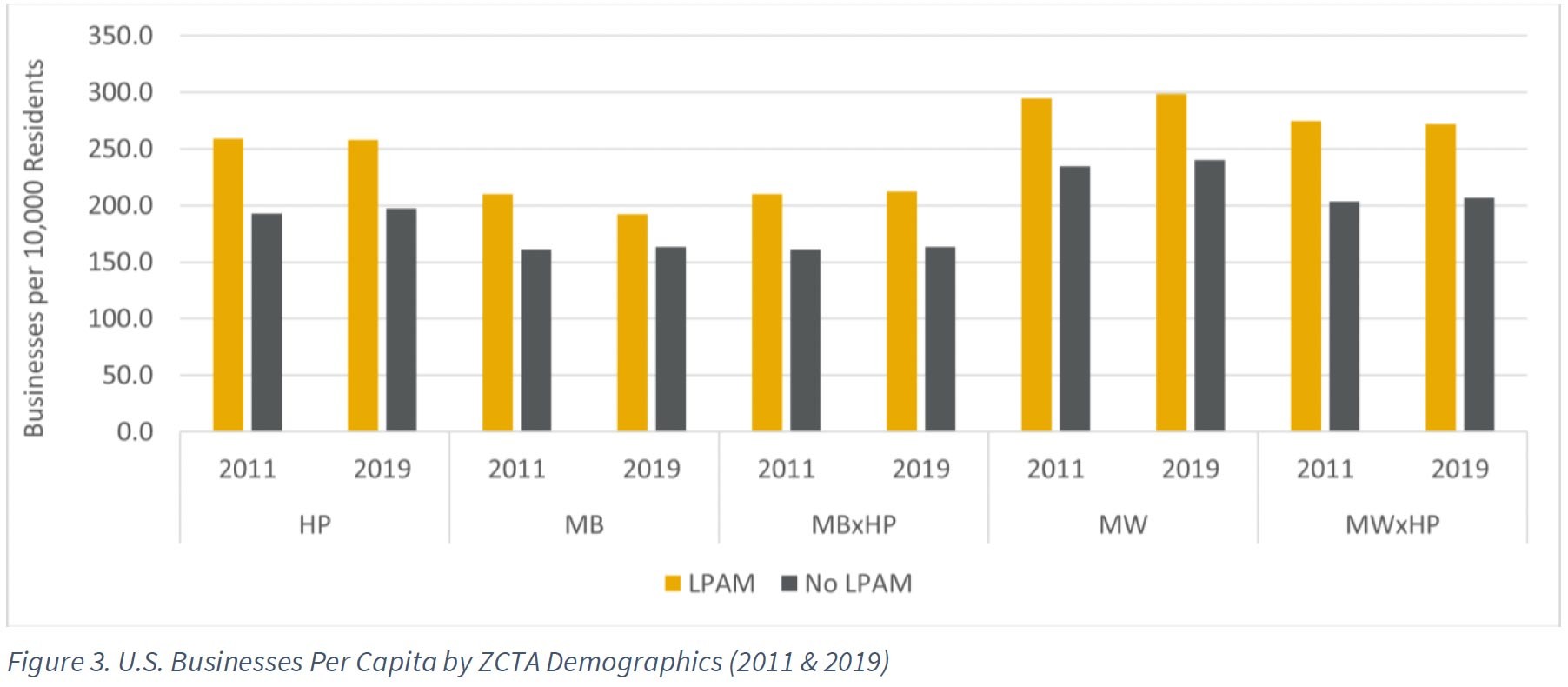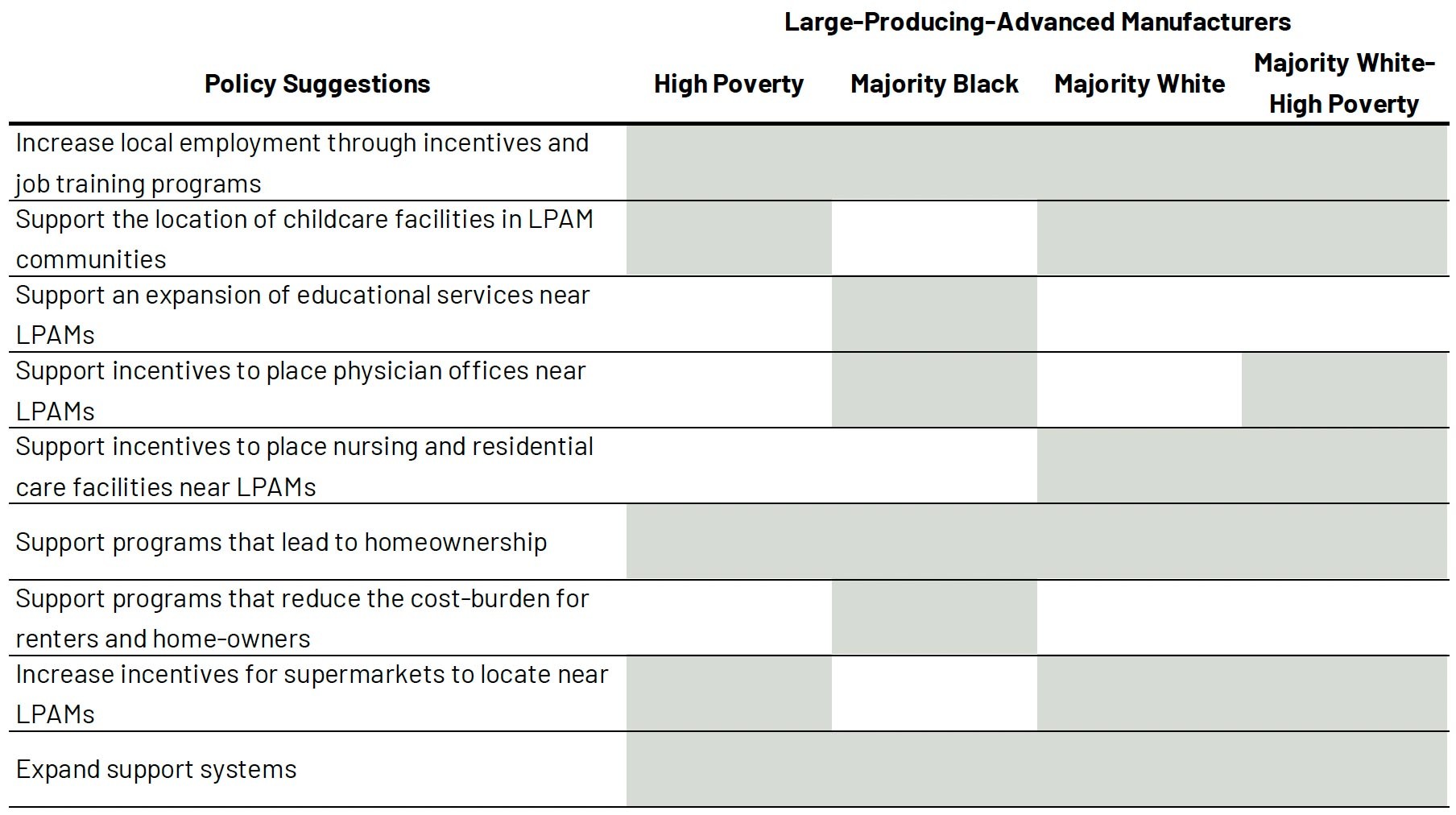
Dr. Baratunde Cola to the Ph.D. graduates of Georgia Tech: "Apply your Ph.D. thinking"
—
Dr. Baratunde Cola delivered the Commencement Address at Georgia Tech’s Spring 2024 Ph.D. Ceremony held at McCamish Pavilion on Thursday, May 2, at 4 p.m
The ceremony can be viewed on Georgia Tech’s YouTube channel. Dr. Cola’s commencement speech begins at 53:30.

Following the event, this page will be updated with additional imagery and video of Dr. Cola’s Commencement Address as they are available.
Below are excerpts from Dr. Cola’s address, with additional detail and context around three key subjects from the speech.
Thriving with PhD thinking: a powerful tool for health
Excerpt: "It takes a lot of discipline and grit to keep rehabbing knee surgeries in the background of life. It’s been about another 6 years now since my last knee surgery and all is good. Turns out that repairing an ACL is not so straightforward when your tibia slopes posteriorly more than 12 degrees – mine sloped 18 degrees when we finally corrected a root cause in my last surgery. You must dig deeper to solve hard problems. Earning my PhD empowered me to read over 100 journal articles outside my discipline on ACL repairs. It helped me ask better questions and eventually find a root cause and the right care team to fix a problem that consumed 20 years of my life in pain and rehab. PhD thinking is a powerful tool. Doing Pilates 2 times a week helps as well and is a must for ACL rehab.” ~ Dr. Cola
Resources:
1. The papers of Dr. Cola’s sports medicine surgeon, Dr. Annunziato Amendola
2. Profile of Dr. Annunziato Amendola
3. An ACL topic review from Duke Health
4. Dr. Cola's Pilates's instructor who has helped stablize his knees
Building stronger with PhD thinking: a first-principles solution to drive performance
Excerpt: “My company Carbice is built on PhD thinking. We call it a teaching and learning culture. We have put over 8 quadrillion vertically aligned carbon nanotubes into satellites orbiting earth now, and have built the world’s largest production capacity for this breakthrough material in West End Atlanta, GA. Soon, every bit of data that runs through your electronic devices will be protected from heat by Carbice nanotubes. A digital, AI future cannot escape the basic laws of thermodynamics and what we do at Carbice is a first-principles solution to drive performance. It has not been easy to build Carbice. I have had to reinvent myself many times and deal with a long list of setbacks and barriers. Building Carbice requires Ph.D. style problem solving daily.” ~ Dr. Cola
Resources:
Carbice uniquely solves the mechanical and thermal issues for large curved chips used for AI, making it the first value-add thermal interface solution for the AI and chip industry.
AI chips present a difficult problem because of their large center to edge curvature.
Thermal Pads and liquid based solutions like thermal greases and PCMs are materials being used today, but come at a cost:
Thermal pads need to be made thicker to accommodate the larger curvature, but increasing the material bond line thickness also increases temperatures. The highly curved dies also concentrates pressure in the center and tapers off on the edges. This pressure gradient, along with thermal cycling, causes typical thermal materials to fail.
The key is to have a material that is thin in areas you need it and thicker in areas where the gap is larger. Greases and PCMs have this feature, but these materials degrade over time.
The Carbice material can be made to have shorter CNTs in the center, and taller CNTs on the edges where they are needed to fill the gap. For the first time, a TIM can now be made to 'pre form' a die. This capability is powered by Carbice SIM, a CNT modeling software that is able to precisely lay out the shape of the TIM along with its thermal performance in the application. This eliminates the need for customers to be spending hours testing different materials to see which one fits best.
1. Learn more about Carbice Lab.
Leveraging PhD thinking to unlock the full greatness of America
Excerpt: “The murder of George Floyd in 2020 outraged nearly everyone. I was inspired then to write about the systemic problem that Black People face in America because it is a very hard problem that belongs to every American. The outcomes we see like George Floyd are strongly correlated to the lack of a basic American requirement – every community needs strong manufacturing companies that support large payrolls and tax base. Back then it was a hypothesis from my observations. Then I leveraged my Ph.D. thinking, Georgia Tech network, and Waterman award to fund a collaborative study to prove it with data. Nationwide data shows that large, advanced manufacturing facilities increase nearly all metrics of community health. The benefits are especially strong when these facilities appear in majority black communities. Here is a solution for business leaders and policy makers: build large, advanced manufacturing facilities in more black communities to eliminate outcomes like George Floyd and unlock the full greatness of America. There are 5 ready-to-go pad sites just down the street at Pittsburgh Yards here in Atlanta.” ~ Dr. Cola
Resources:
1. Building Vibrant Communities with Large - Producing - Advanced Manufacturers (Focus on Georgia) / By L. Katie O’Connell, PhD, Nisha Botchwey, PhD, Subhrajit Guhathakurta, PhD, Bon Woo Koo, PhD, Baratunde A. Cola, PhD (Embedded below)
Georgia's proactive approach to revitalizing its manufacturing sector through tax incentives, training programs, and research funding has notably increased the state's manufacturing output to nearly $193 billion in 2019, making up 17% of the state's total output. This growth underscores manufacturing's role in bolstering the economy and fostering community well-being by providing over 435,000 jobs with an average compensation higher than the state average.

To better understand the role of advanced manufacturing in Georgia, Carbice explored the impact of large-producing-advanced manufacturers (LPAM) beyond jobs, focusing on economic stability, education, health care access, and community support systems. The report highlights the transformative role of manufacturing in attracting supportive businesses that enhance community development.
Our analysis, which categorizes ZIP codes based on income levels and racial composition, reveals the significant impact of LPAMs on different communities. For example, in high-poverty LPAMs, the rate of residents working in non-low-wage jobs increased by 33%, while majority-black LPAMs saw a 37% increase. These communities also experienced growth in the number of daycare facilities and grocery stores, indicating a positive benefit of LPAMs in both social and economic aspects.

Cornelia, Georgia, serves as a case study to illustrate how a strong manufacturing base, spearheaded by Ethicon, a Johnson & Johnson subsidiary, significantly contributes to local business growth and cultural enrichment. This example, along with a similar analysis of Gainesville, Georgia, highlights the broader benefits of LPAMs, including enhancements in local education, healthcare, financial services, and cultural amenities.

Despite the positive trends, challenges remain, such as disparities in local employment, access to educational and healthcare services, and home ownership. The document suggests targeted policy interventions to overcome these challenges, emphasizing the need for economic developers and policymakers to focus on siting new facilities in areas that can derive the most benefit, thereby furthering community vibrancy and economic prosperity.

This study finds that LPAMs not only advance Georgia's economic landscape but also nurture more vibrant, equitable communities. It calls for a collaborative approach among manufacturers, economic developers, and policymakers to leverage this potential to its fullest, suggesting that with targeted interventions and strategic planning, manufacturing can continue to serve as a cornerstone for community and economic development.
2. Building Vibrant Communities with Large - Producing - Advanced Manufacturers - National Study / By L. Katie O’Connell, PhD, Nisha Botchwey, PhD, Baratunde A. Cola, PhD (Embedded below)
This report expands our previous analysis of Georgia and looks at the national socio-economic benefits of large-producing-advanced manufacturers (LPAMs) from 2011 to 2019. The study finds that LPAMs serve as pivotal economic engines, enhancing the business landscape by fostering higher per capita business density compared to non-LPAM areas. This economic vibrancy, however, is not evenly distributed, with certain regions, particularly those characterized as majority Black and high poverty, showing marked improvements in employment rates and economic activity, hence underscoring the potential of LPAMs to contribute to economic equity and upliftment.

LPAMs have a positive influence on education and healthcare, marked by an increased presence of daycare facilities and educational services. This indicates a commitment to nurturing early education and continuous learning opportunities, crucial for long-term societal development. Moreover, LPAM areas exhibit enhanced healthcare access, as evidenced by a higher density of physician offices and nursing/residential care facilities. However, disparities remain, highlighting the need for targeted interventions to bridge the access gap in underserved communities.

The analysis extends to the neighborhood and built environment, where LPAMs have contributed to a more robust financial infrastructure, evidenced by a higher density of commercial banking facilities. Despite an overall reduction in these amenities over time, LPAM areas have shown resilience, suggesting their role in fostering a stable economic environment conducive to growth and prosperity.

Social and community context findings demonstrate that LPAMs significantly impact community life by ensuring better access to services such as arts, entertainment, and dining options. This not only caters to the community's daily needs and leisure but also enriches the social fabric, contributing to a sense of belonging and community vibrancy.

Despite these positive trends, the study finds that disparities occur. To reduce these disparities, we recommend a targeted approach to policy-making that ensures the equitable distribution of LPAM benefits, which involves strategic siting decisions, investment in community infrastructure, and policies designed to foster inclusivity and equitable growth.

This study underscores the transformative potential of LPAMs in enhancing economic stability, access to education and healthcare, and overall community well-being. However, it also emphasizes the need for a community-centric approach that fosters inclusivity and addresses disparities. It calls for a collaborative effort among stakeholders, including manufacturers, economic developers, and policymakers, to leverage the full potential of LPAMs. By adopting targeted strategies that focus on community engagement and inclusivity, LPAMs can play a pivotal role in building more vibrant, resilient, and inclusive communities.
3. An interesting story for another day: Dr. Baratunde Cola in "Story Collider: The Comeback"
The Carbice Newsroom will be updated with additional imagery and video from Dr. Cola’s Commencement Speech, as they’re available.
#Buildstronger.
Carbice is the material for pioneers.™